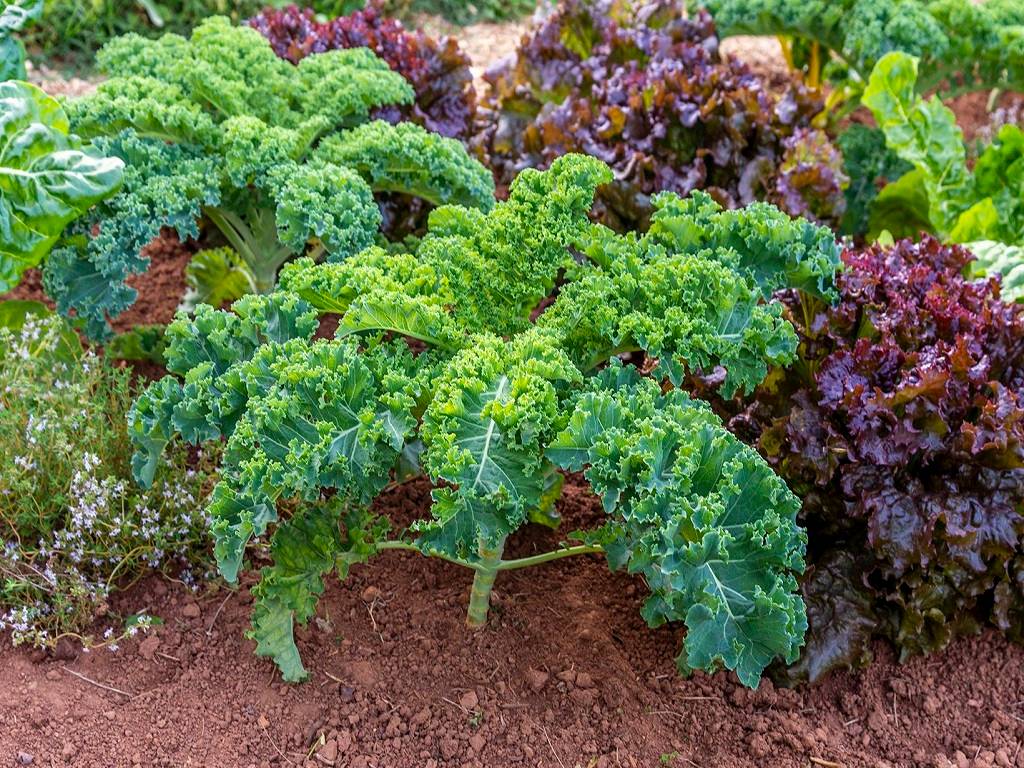
Kale is a leafy green vegetable and a cool-season crop that belongs to the cabbage family. The demand for Kale is constantly rising in India as it is one of the healthiest vegetables on the planet. And the best thing about this vegetable is that you can easily grow it in your kitchen garden or terrace garden with the basic knowledge that we have given below;
Nutrition value of Kale:
Kale is one of the best low-calorie foods, which is also rich in vitamins and minerals. It contains a lot of manganese and vitamin K. Lutein and zeaxanthin, two carotenoids, are also found in kale.
Different varieties of kale:
Curly Kale, Lacinato Kale, Red Russian, Redbore Kale
Growing season
Kale prefers a cold, dry climate. It can be grown in India during the winter. Seeds are sown in October-November.
Method of Growing kale:
Kale can be grown from seeds using one of two techniques. The seeds can be sown directly into the ground or they can be started inside in seedling trays and then transplanted into the ground.

- Direct seeding Method:
Kale must be grown in loose, well-drained soil. Direct sow your seeds about 0.5 cm deep in rows that are evenly spaced apart by 18 inches. Your seeds will germinate if you cover them with soil and water them properly.
- Method of Transplantation:
Plant the seeds in seedling trays with seed starting medium, such as organic vegetable mix. Put two seeds each cell. Transplant seedlings after 5-6 weeks. For planting dig hole in the soil that is roughly about 20-25 cm. Place the seedling in to a hole and after that cover the area with soil.
Water Requirement
It has to be watered once a day during hot, bright days and twice a week in the winter season.
Sunlight requirement:
Kale may be grown in full light for eight hours, but it can also thrive in partial sun (4 hours).
Fertilizer Requirement
Kale is a leafy green, so you need a nitrogen-rich fertiliser. You can utilise organic fertilisers like cow manure. Before planting, mix the organic manure into the soil.
Plant protection:
Many types of insects can afflict kale, ranging from cabbage butterflies to thrips and flea beetles. You can help protect your plants by using floating row covers. These covers prevent splashing water that may contain pathogens from touching the leaves, and can prevent insects from laying their eggs on crops.
Harvesting of Kale
Kale is ready to harvest when the leaves are about the size of your hand. Pick about a fistful of outer leaves per harvest, but no more than one-third of the plant at one time. Avoid picking top center of the plant, which helps to maintain the plant’s productivity.











